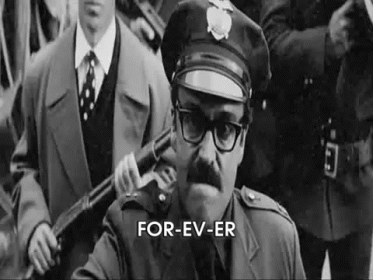This is correct.It’s fairly common on larger bridges to utilize sleeves for anchor bolts. They were used on the Kate Shelly railroad bridge too for example.
Hope all is well with you!
JC
Iowa DOT prefers cast-in-place anchor bolts, but on larger bridges (especially those with long and/or curved spans) this can cause fit-up/tolerance issues.
Drilling-in and epoxying the anchor bolts after pouring the concrete is also generally acceptable, but can be problematic due to potential for the contractor to inadvertently cut through the pier cap reinforcing, which would be very bad. Long-span bridges lead to more heavily reinforced pier caps, which makes that potential for accidentally cutting reinforcing even greater since there's more rebar to hit.
Anchor bolt sleeves (wells) that are pre-set before pouring the concrete allow for larger girder and bearing placement tolerances, without the chance of accidentally cutting reinforcing (no drilling). The rebar can just be shifted as necessary to miss the anchor bolt sleeves.
Source: I'm a bridge engineer. ;-)
Last edited:





